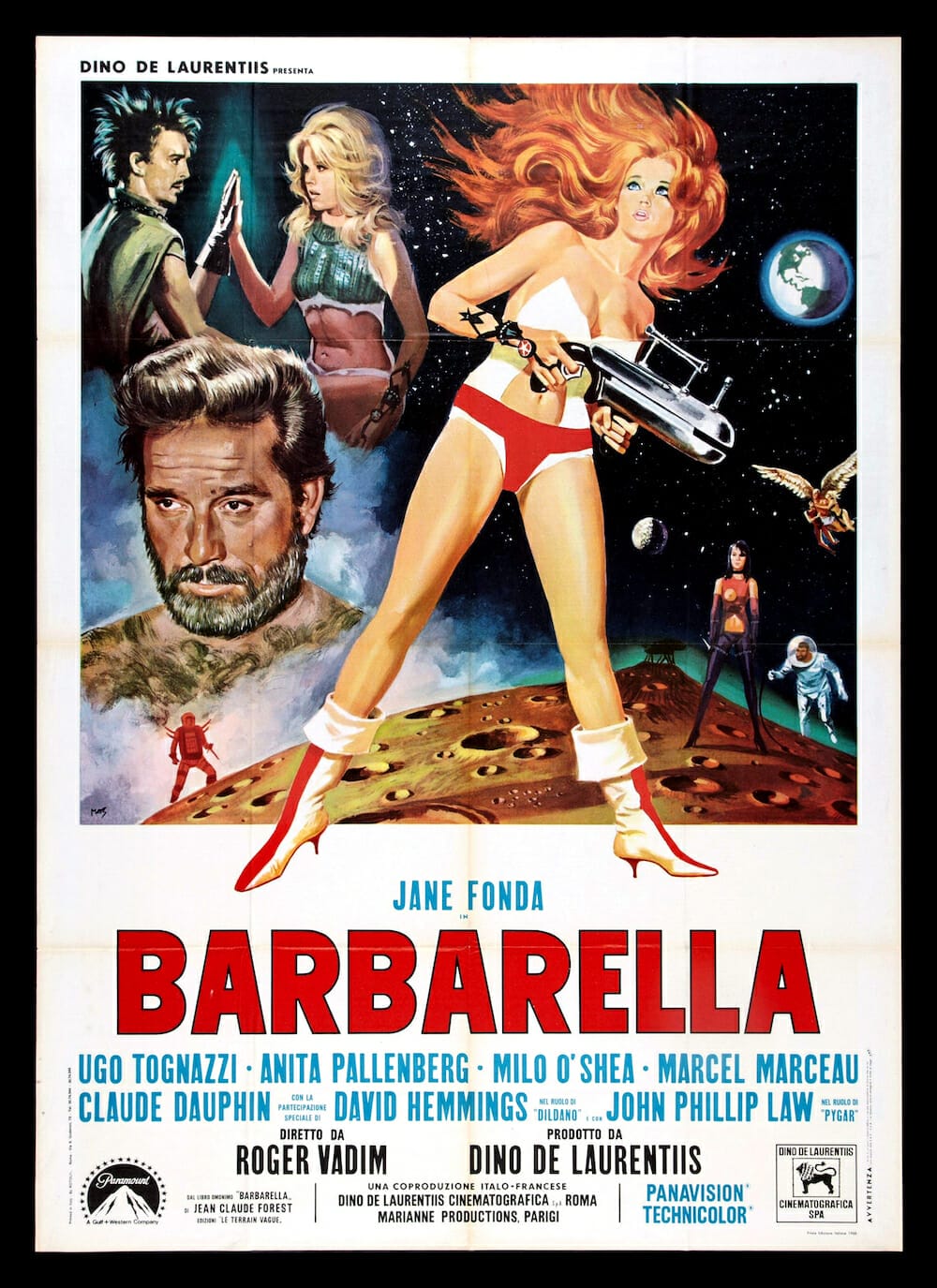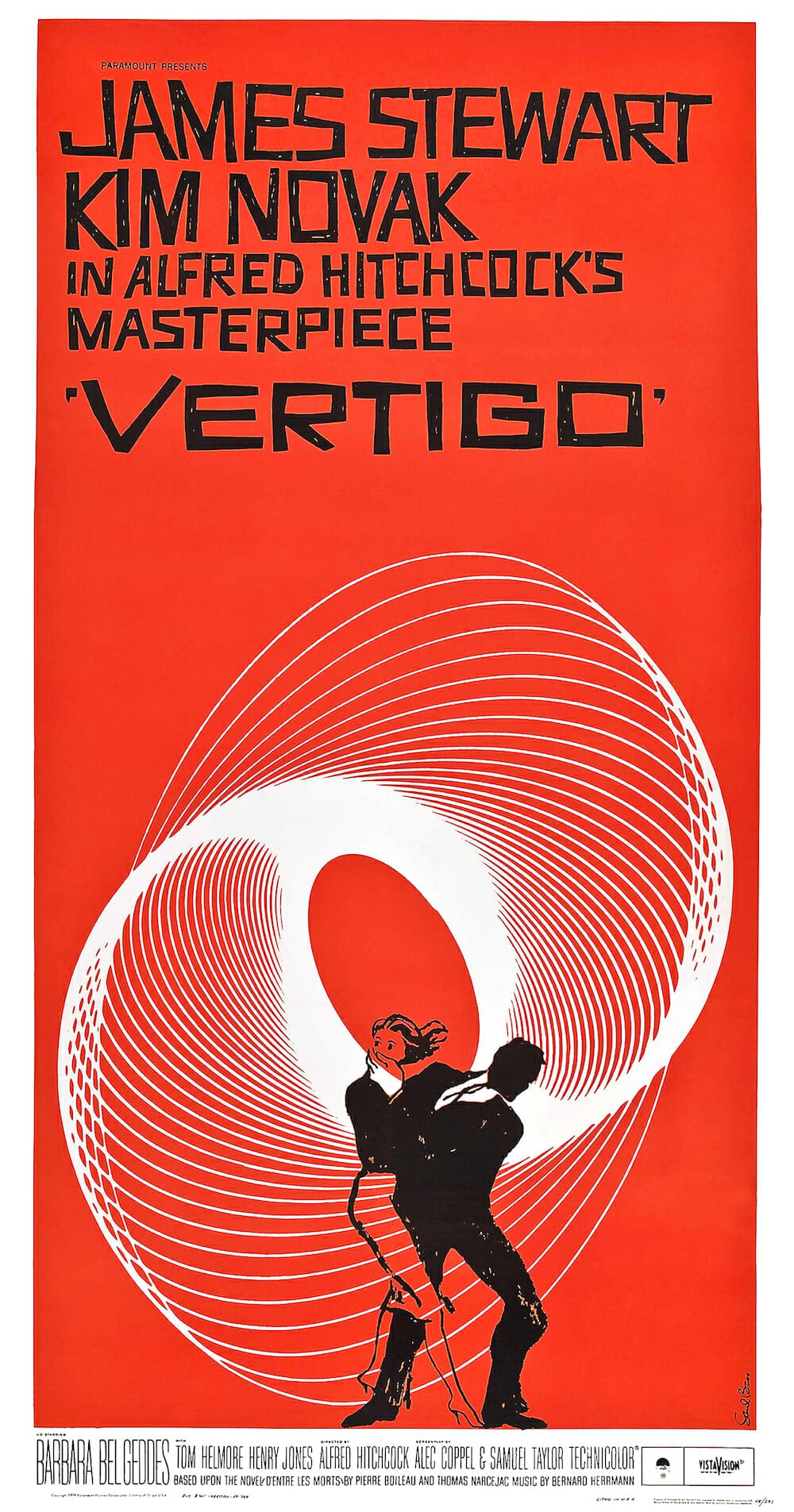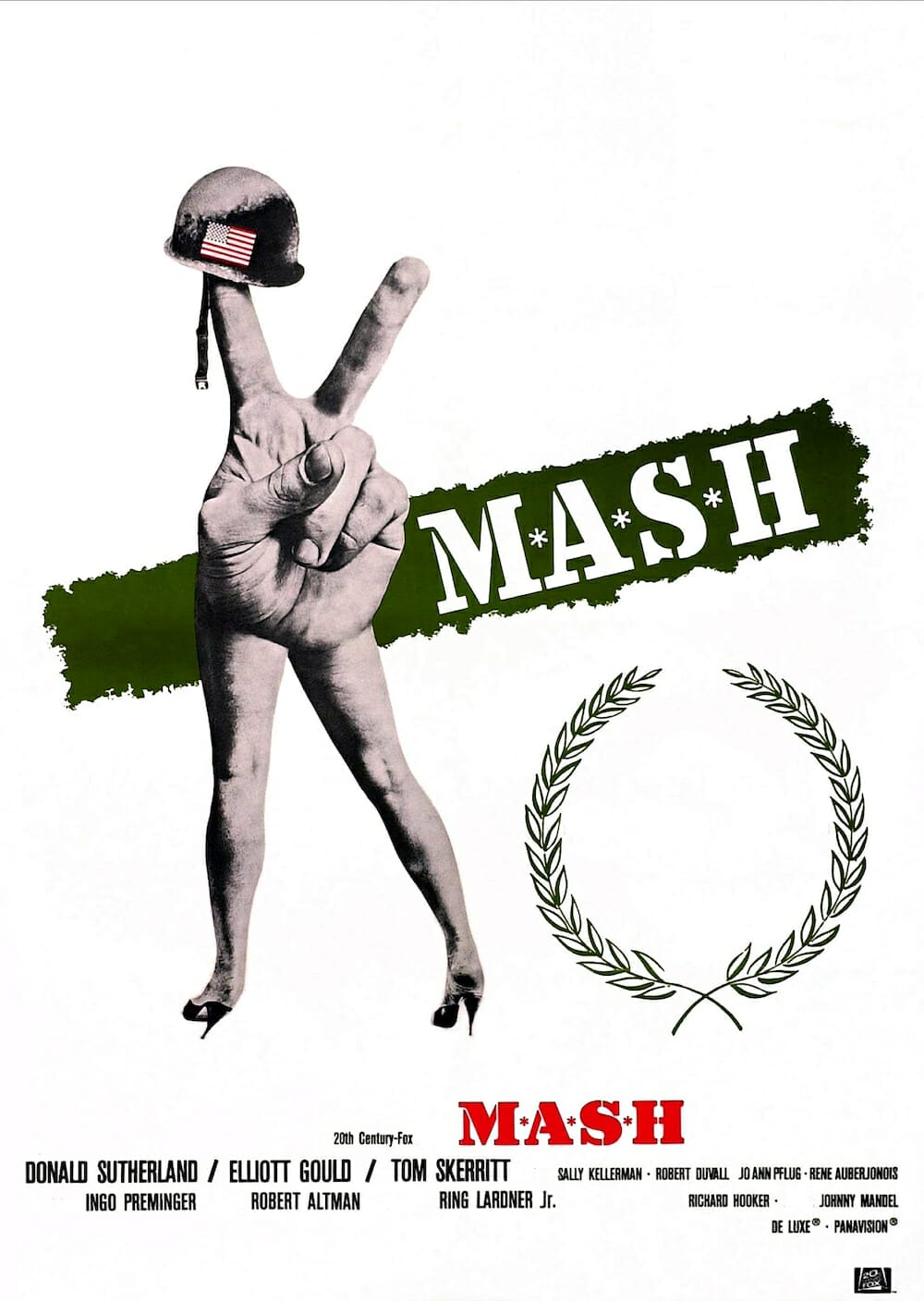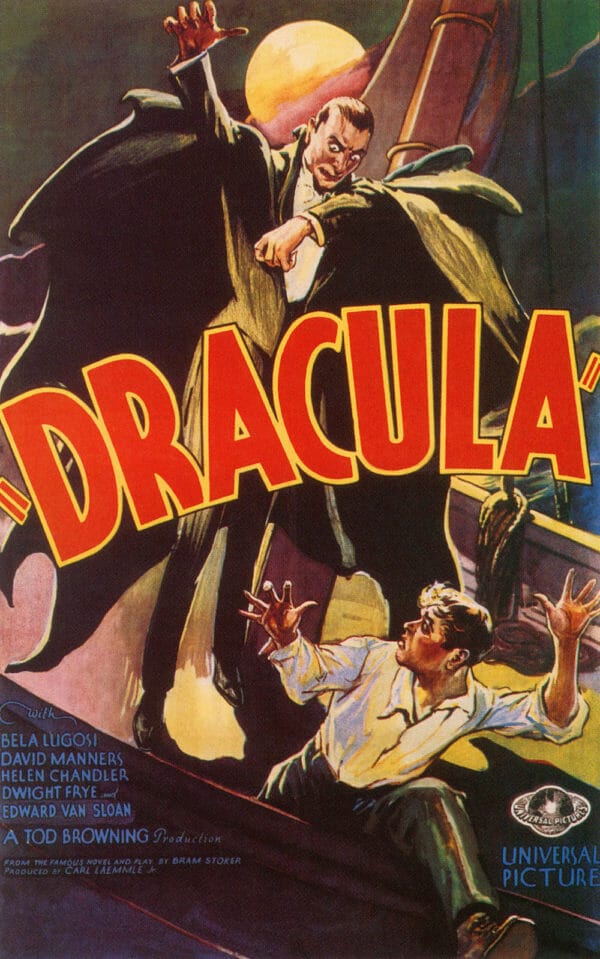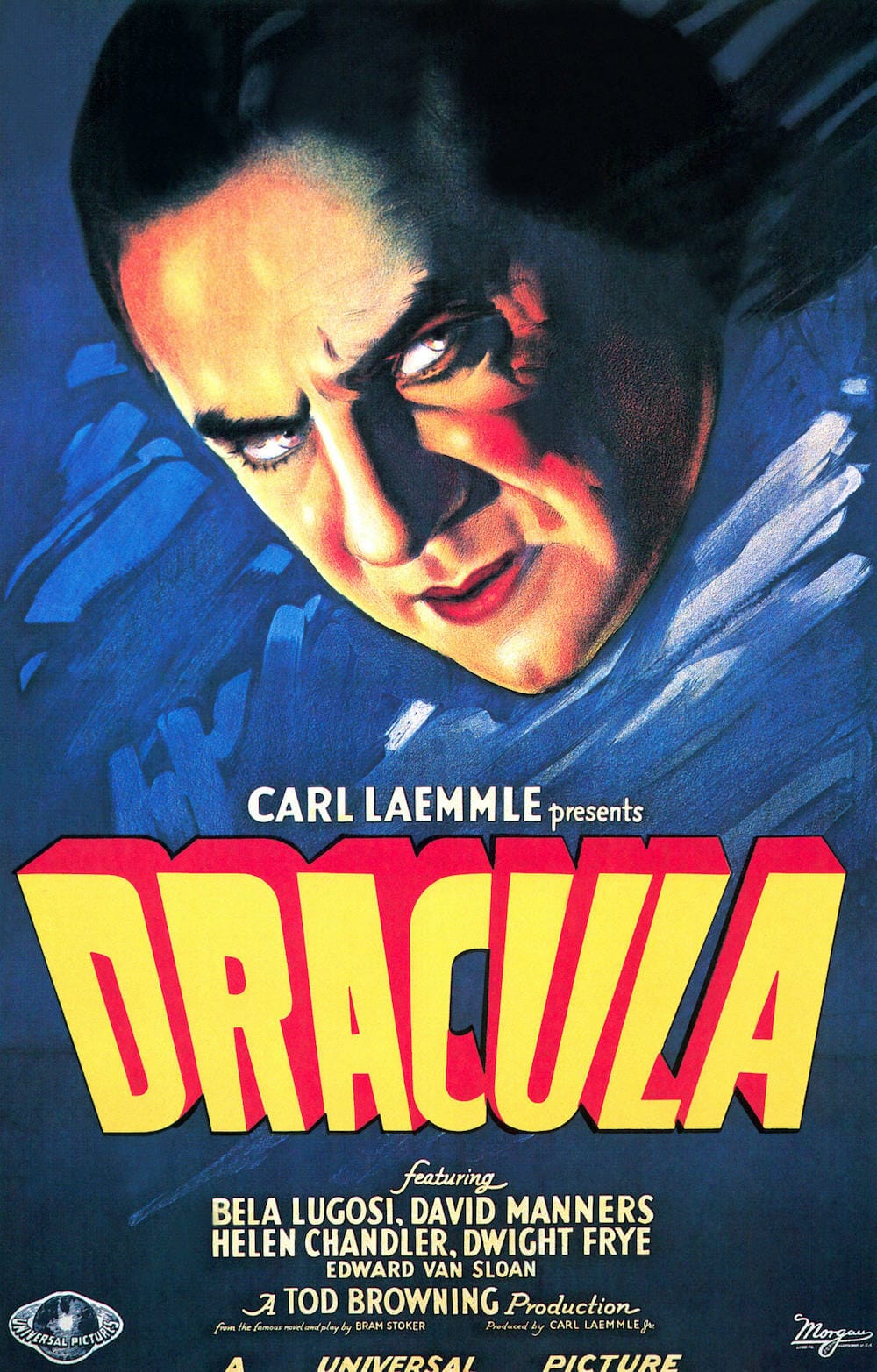Those who love the movies can hardly help but love movie posters. They were the first messages that introduced us to what became our favorite films; and like old snapshots in a photo album, remind us of those movies long after we’ve seen them for maybe the umpteenth time. Authentic posters that once sat inside a glass case outside a movie theater sell for premium prices as collectables and many is the college dorm room (this writer’s, for one) whose walls have held movie posters as their primary décor. British film journalist and critic Ian Haydn Smith has assembled hundreds of such posters, from the iconic to the obscure, each printed in full color, for SELLING THE MOVIE: THE ART OF THE FILM POSTER.
A history of film as much as a survey of movie poster art
On one level, it’s a coffee table book for the movie lover, but through his structure of it, Smith has stealthily crafted it as a survey of feature film history from the late 19th Century through the year 2017 told entirely through posters. It makes perfect sense: feature films have always been intended primarily for consumption by the masses. Looking at the way the film studios marketed the films through posters is a way to see at a glance the essence of each film and how it might have been appealing to the audiences of its day.
After a brief introduction covering the origins of lithographic printing, entertainment posters generally and movie posters of the late 1890s and early 1900s; Smith begins his survey in earnest with the 1910s. SELLING THE MOVIE is organized by decade, with a section for each 10-year segment of the 20th Century, from the 1910’s through the 1990s and then concluding with a section he calls “The 2000s” that extends from the year 2000 to 2017. Each of these sections opens with an “Overview” of the decade and concludes with a summary of “Posters of the Decade.” In between these bookends of each section, the author dives into subtopics reflective of the decade such as popular genres (i.e. horror, disaster films, Italian neorealism), profiles of poster designers (i.e. Saul Bass, John Alvin, Spain’s Juan Gotti) and reflections on the work of significant directors (i.e. Robert Altman, Stanley Kubrick, Ingmar Bergman, Steven Spielberg, Spike Lee). Each of these sub-sections includes a page or two of narrative text on the topic at hand along with several featured posters, thumbnails of additional posters and brief comments on each poster.
SELLING THE MOVIE examines trends in poster design over the age, but is not a “how-to-market” textbook
Within the chronological structure he’s set up, Smith comments on the trends in poster design that became popular throughout film history. One of the earliest subsections is titled “The Influence of Art,’ and notes how techniques from such movements as German expressionism, Soviet constructivism, Bauhaus, and art nouveau were adopted in film poster designs of their eras. Smith explains how the rise of the movie star in the 1910s and ‘20s with the likes of Charlie Chaplin, Douglas Fairbanks and Mary Pickford led to the featuring of actors’ faces in the posters. Later, scenes from the films came to be the featured poster visuals. In the late 1950s and 1960s, a more iconic style of imagery suggesting the mood and the tension of the stories began to emerge, heralded by the work of Saul Bass for such films as VERTIGO and WEST SIDE STORY. Though Smith lives up to the promise of this book’s title through providing these observations, he is more focused on the historical and analytical discussion of feature film he provides in the book than on principles of poster design. Further, he makes no effort to suggest which techniques may have been most successful in their time or to suggest any best practices for today.
An exhaustive selection of posters
Smith’s selection of posters for the book includes nearly every poster one might expect to see in such a collection along with many we wouldn’t think to look for. The iconic posters range from METROPOLIS up through WEST SIDE STORY, REBEL WITHOUT A CAUSE, THE STING, E.T. THE EXTRATERRESTRIAL and BREAKFAST AT TIFFANY’S – and may leave the reader desiring to revisit these much-loved films. He also includes posters we don’t remember for film classics we know. It’s illuminating to see, for example, how CITIZEN KANE was marketed in its original release. It also must be noted that SELLING THIS MOVIE is hardly English-language centric. Smith includes many posters and discussions of the cinema of other countries (Italian Neo-realism, the French New Wave, India’s Bollywood, Spain’s Pedro Almodóvar, Poland, the Czech Republic) and provides examples of foreign-language posters of English-language films.
If anything, the selection of posters may paradoxically, in this writer’s opinion, be both too exhaustive for a volume of this size (285-pages) and too limited. It’s sometimes frustrating to be unable to read copy on the small thumbnails of some of the reproductions and one might wish for more pages so that they could have been reproduced in larger sizes. Also, Smith occasionally comments on posters that are not reproduced in the book, making it difficult to fully understand his points about those posters. On balance, though, this movie-loving writer found SELLING THE MOVIE to be an essential book to own and has already bought a copy of it as a gift for a film buff friend.
PRICE: $45.00
FOR MORE INFORMATION: Visit the University of Texas Press Website
IMAGES: Courtesy of University of Texas Press.
About the Author:
John Olson is an arts carnivore who is particularly a love of music, theatre and film. He studied piano, trombone and string bass into his college years, performing in bands and orchestras in high school and college, at the University of Wisconsin-Madison. While working as an advertising agency account manager, he began a second career as an arts journalist and is now principal of John Olson Communications, a marketing and public relations business serving arts and entertainment clients.

